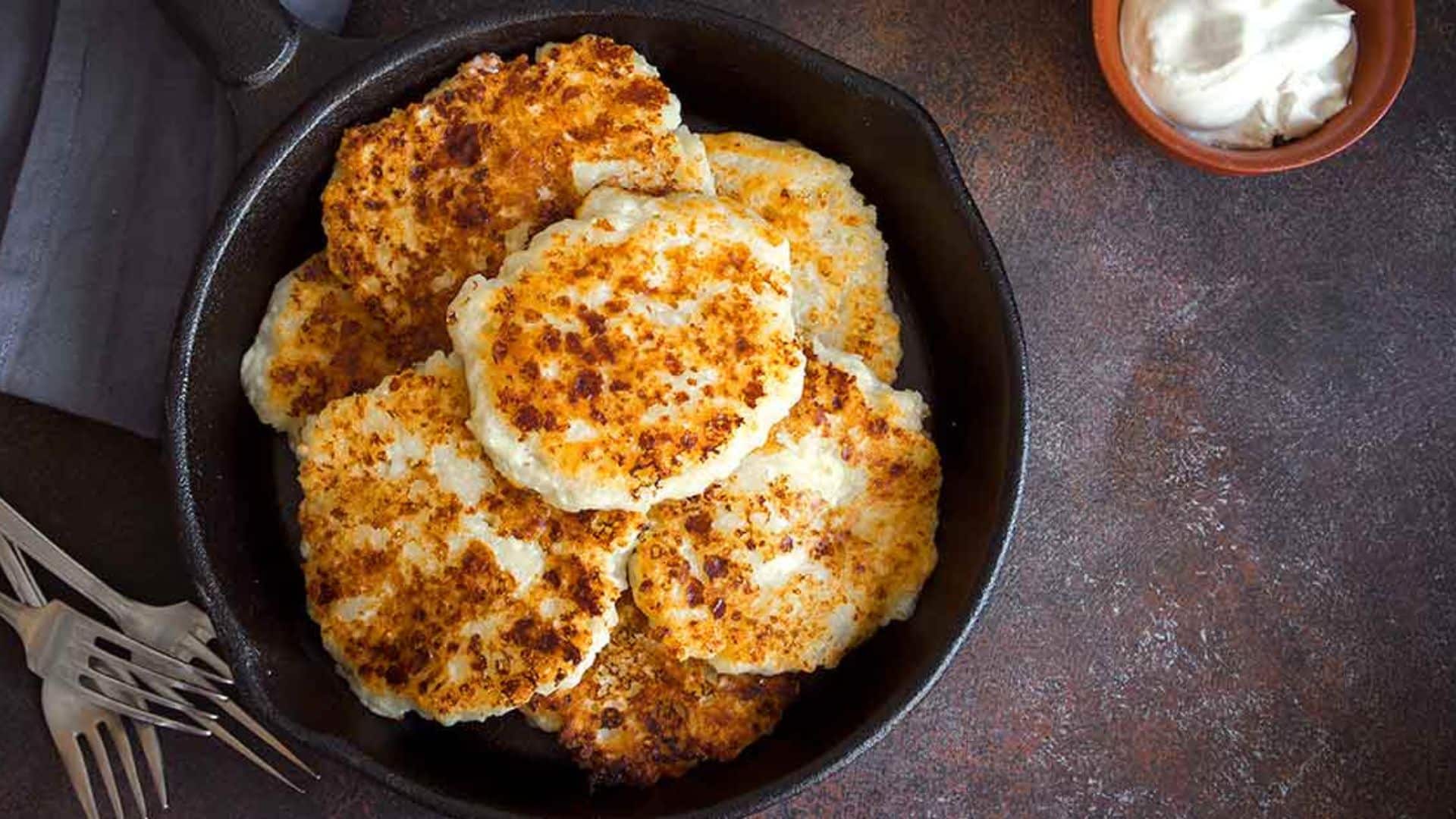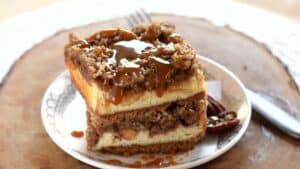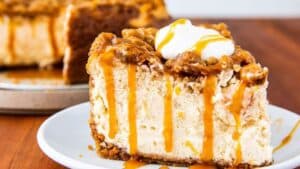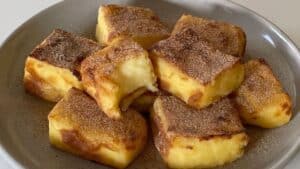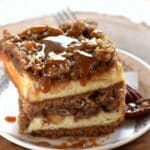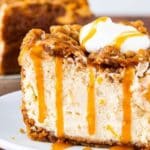High-Protein Cottage Cheese Crisps Recipe
Most folks don’t think of cottage cheese and crunch in the same sentence. It’s either a lumpy breakfast side or something you shove into a sad diet plan. But here’s the thing—cottage cheese crisps? They’re a crunchy revolution in high-protein snacking. Yes, crisps. As in crispy, salty, satisfying like the naughty chips you swear off every Monday morning.
This isn’t just about a recipe. This is a deep dive into a high-protein snack that actually feels indulgent. It’s for chefs, nutritionists, athletes, and food scientists who know protein snacks are no longer the dull, dusty bars from ten years ago. This is functional food—crunchy innovation made in your oven.

Let’s talk about why these crisps matter. And why they might just be the next big thing in the smart-snacking world.
Why Cottage Cheese?
Cottage cheese has had a bit of a glow-up in recent years. Once the beige wallflower of the dairy aisle, it’s now center stage thanks to its macro profile.
You get around 25 grams of protein in a single cup (that’s more than 3 eggs). Low in carbs. Low in fat, if you want it to be. And rich in casein protein—a slow-digesting type that keeps you fuller for longer.
A study from the Journal of Nutrition (2015) showed that casein can suppress appetite better than whey during late-night meals. Think about that. A night-time snack that actually helps manage weight? There’s science in every bite of these crisps.
But the real kicker? When baked, cottage cheese doesn’t just dry up and die. It transforms. It crisps. It crackles.
From Slop to Snap: The Science Behind the Crisp
Here’s the curious bit—cottage cheese is about 80% water. That sounds like a crisp’s worst nightmare, right? Not quite.
The trick lies in the curd structure and milk protein concentration. When heated slowly, the moisture evaporates and the milk solids (mostly casein and whey remnants) start to denature. This gives us that Maillard reaction—the holy grail of savory browning.
The best part? The salt from the cheese concentrates as it dries, which means you get flavor bombs in every bite. No need for added salt unless you’re feeling extra.
And don’t get it twisted—this ain’t like drying fruit leather. We’re talking golden-brown, crackly sheets with little bubbles of umami joy. The kind that shatters when you snap it. That’s texture, not compromise.
H2: The Recipe: Cottage Cheese Crisps That Actually Work
H3: Ingredients
Let’s not complicate this. You’ll need:
- 1 cup full-fat cottage cheese (small curd works best)
- Optional: garlic powder, paprika, nutritional yeast, chili flakes, black sesame seeds
That’s it. No flour. No oil. No protein powder sorcery. Just real dairy.
H3: Method
- Preheat your oven to 375°F (190°C). Don’t use convection. You want gentle heat, not wind.
- Line a baking sheet with parchment paper—not wax paper. Trust me on this. Wax melts, it ain’t pretty.
- Spoon small mounds (about 1 tablespoon each) of cottage cheese onto the sheet. Space them out—they’ll spread and bubble.
- Press lightly with the back of the spoon to flatten each mound just a bit. Think cookie-sized discs.
- Bake for 25–35 minutes, depending on your oven and the moisture level in the cheese.
- Look for deep golden edges. That’s the crisp. Too pale? Too soggy.
- Let cool completely before lifting. They firm up as they cool—don’t rush ‘em.
Optional: Sprinkle with paprika or crushed chili halfway through baking for a kick. Or stir in nutritional yeast before baking for that cheesy umami edge.
H2: Macro Breakdown & Nutritional Profile
Let’s crunch numbers. Here’s the nutritional snapshot for 10 crisps (made from 1 cup full-fat cottage cheese):
- Calories: 220–250
- Protein: 25g+
- Fat: 10g (mostly from dairy lipids, which include conjugated linoleic acid—linked to fat loss in some studies)
- Carbohydrates: 3g or less
- Sugar: <2g (naturally occurring lactose)
Compare that to your average “healthy” snack bar. More protein, less sugar, fewer additives. And zero fillers.
H2: Trends and Why This Matters
There’s a bigger picture here. According to a 2023 report from Grand View Research, the global high-protein snacks market is expected to reach $37 billion by 2027. That’s not just gym bros and keto moms. That’s mainstream.
Consumers are demanding:
- Fewer ingredients
- Higher protein
- Clean labels
- Real flavor
This snack ticks all those boxes. And it’s scalable. You can batch-make it, flavor it 100 ways, and shelf-stabilize it with a little food-tech finesse (think modified atmosphere packaging or freeze-drying).
Professional kitchens and meal-prep brands are already experimenting with dehydrated dairy for shelf-stable snacks. Cottage cheese crisps are low-hanging fruit, with big upside.
H2: Variations and Applications
Want to level up? Here’s where your creativity gets to dance.
Savory crispbread base
Spread the cheese thinner across the whole baking sheet. Bake till golden, break into shards. Use it under smoked salmon and dill crème fraiche. Better than a cracker.
Cheese-and-herb crisps
Stir chopped chives, thyme, or rosemary into the mix. Add aged parmesan or pecorino for even more umami.
Spicy chip alternative
Add chipotle powder and cumin. Dip in guac. Watch people freak out when you tell them it’s cottage cheese.
Sweetish variation
Add a dusting of cinnamon and stevia. Yeah, that works too. They’re more like protein brittle at that point.
Chefs have started using crisps as garnishes on soups and salads too. Adds texture without breadcrumbs or croutons. Plus, it keeps things gluten-free.
H2: Storage and Shelf Life
Here’s where most people mess up. These crisps need to be stored completely dry.
Let them cool on a wire rack, then transfer to an airtight container with a paper towel to absorb residual moisture. Keep ‘em sealed.
Shelf life? About 3–4 days in dry conditions. You can extend it with a food dehydrator post-bake. Or freeze them and crisp them up in a toaster oven.
Commercially? You’d want to work with nitrogen flushing to prevent moisture uptake. That’s how most protein chips stay crisp on shelves.

H2: Common Mistakes and Troubleshooting
Too soggy?
You didn’t bake long enough. Or your cottage cheese had too much moisture. Strain it next time.
Burnt edges, raw center?
Your oven’s too hot or uneven. Drop the temp 10 degrees and try again.
Rubbery, not crispy?
You probably took them out too soon. Let them bake till they look overdone. That’s your sweet spot.
H2: Emerging Tech in Dairy-Based Snacks
This isn’t just a kitchen hack—it’s part of a broader wave in dairy innovation.
Startups are playing with high-protein dairy isolates, including cottage cheese-derived casein powders that behave more like flour. Imagine a world where your cracker base is 70% protein. That’s not fantasy—it’s being prototyped in Northern Europe and parts of Canada as we speak.
Some are exploring fermentation-enhanced dairy, where enzymes increase digestibility and protein bioavailability. If you’re in R&D, this space is worth tracking.
Conclusion: Crunchy Protein, No Compromises
Cottage cheese crisps aren’t just a Pinterest snack hack. They’re a culinary loophole. High-protein, low-carb, no-weird-ingredient innovation that speaks to what today’s eater actually wants: real food that works hard.
If you’re a food professional, this is a proof-of-concept you can build on. Clean label. Functional. Versatile. And addictively crunchy.
Make a batch. Taste what happens when science, nutrition, and texture all high-five each other. And yeah, don’t be surprised if your clients start asking you for the recipe.
Because the best healthy snacks? They’re the ones people don’t realize are healthy.
